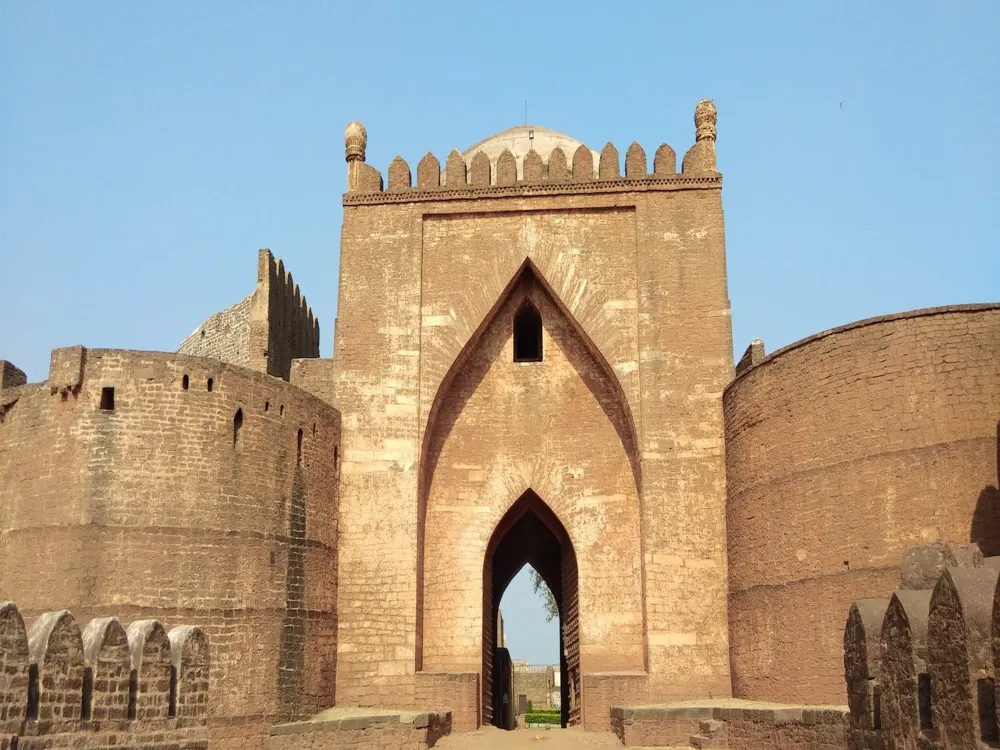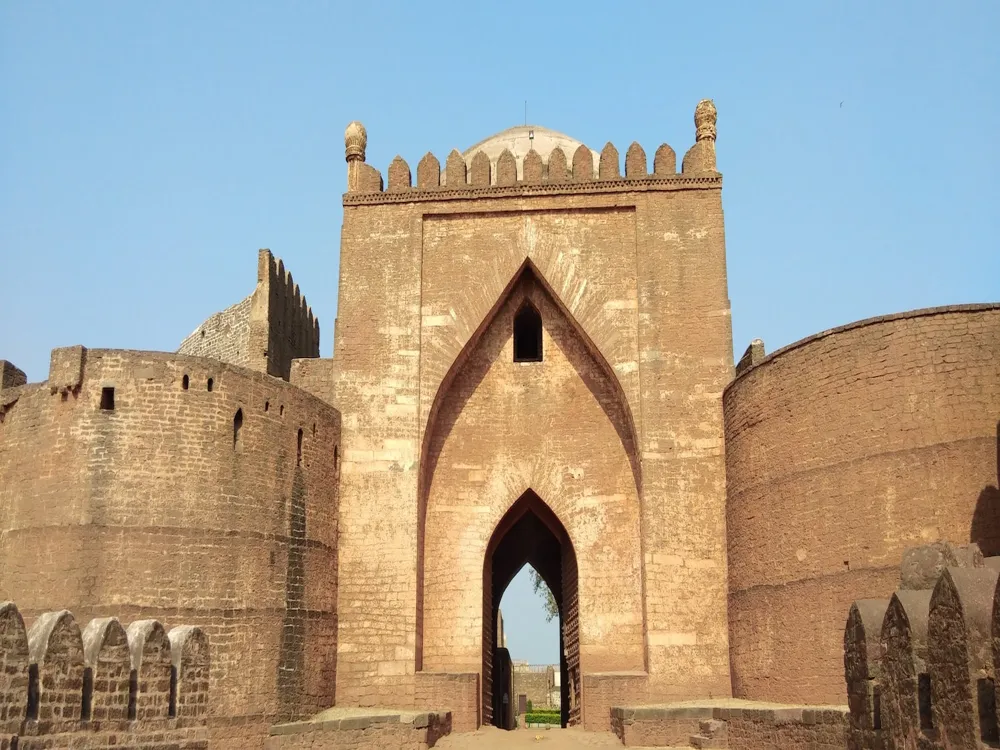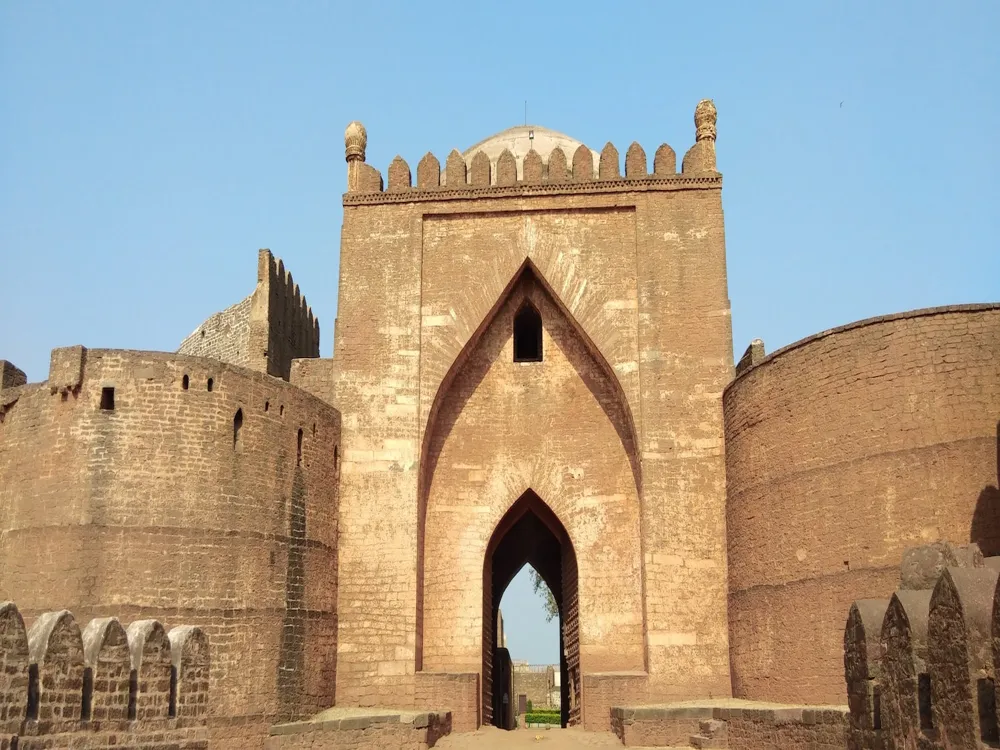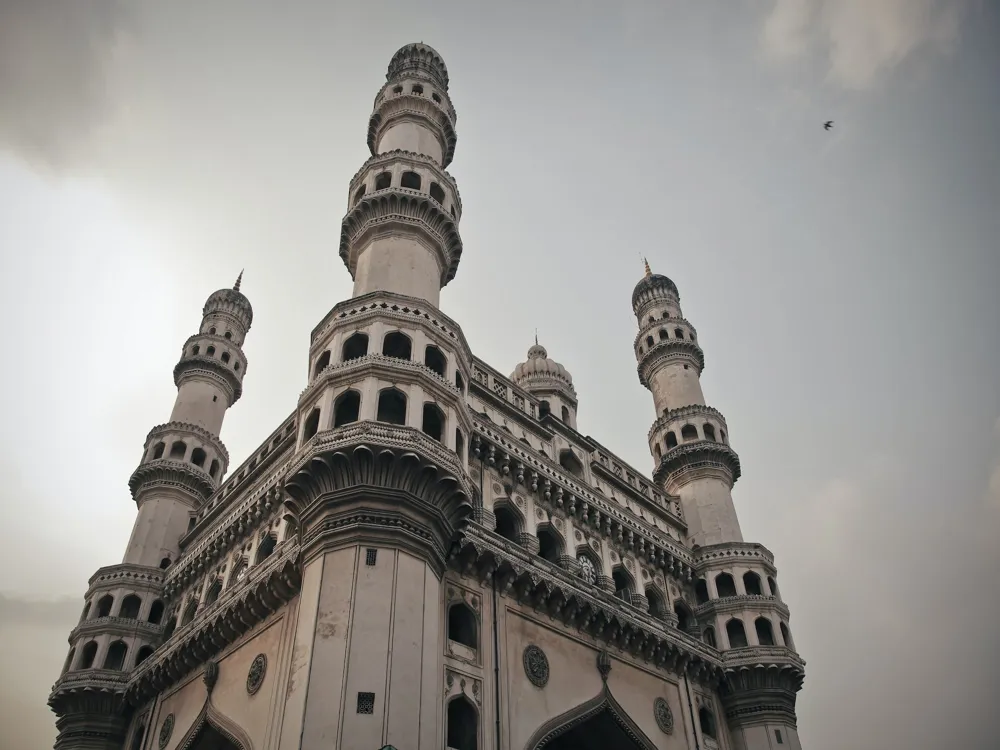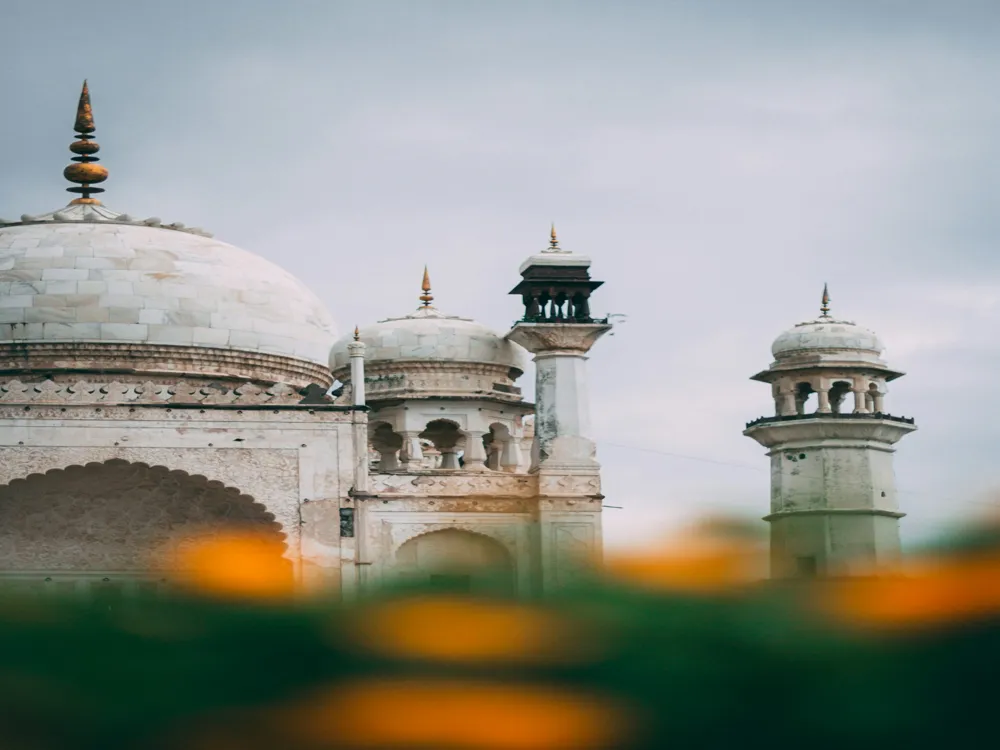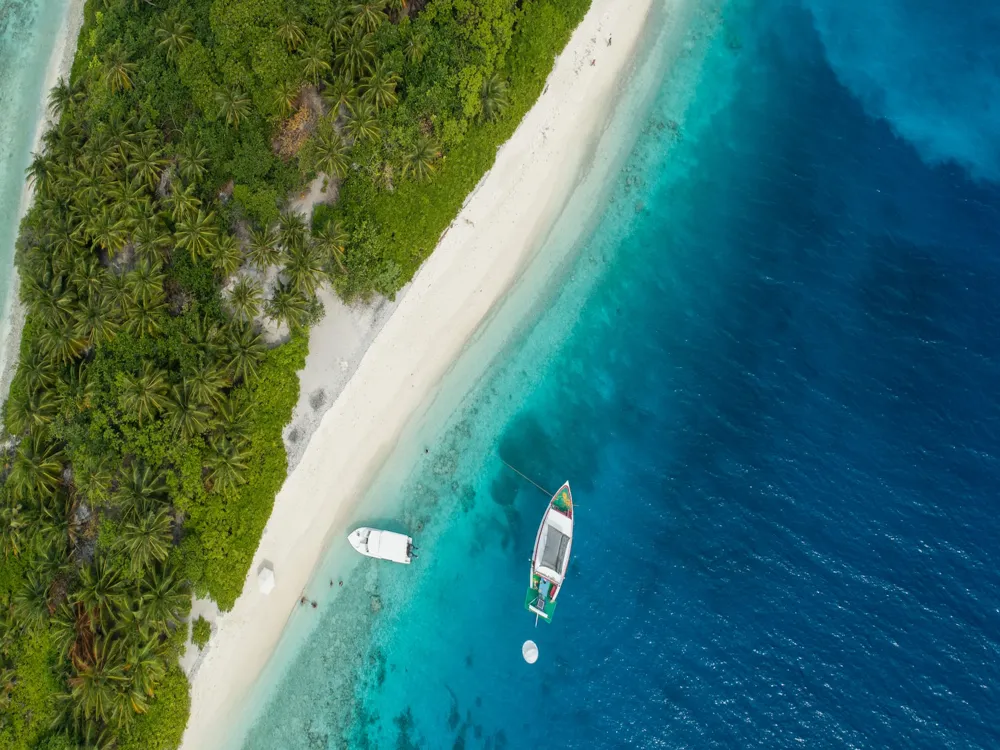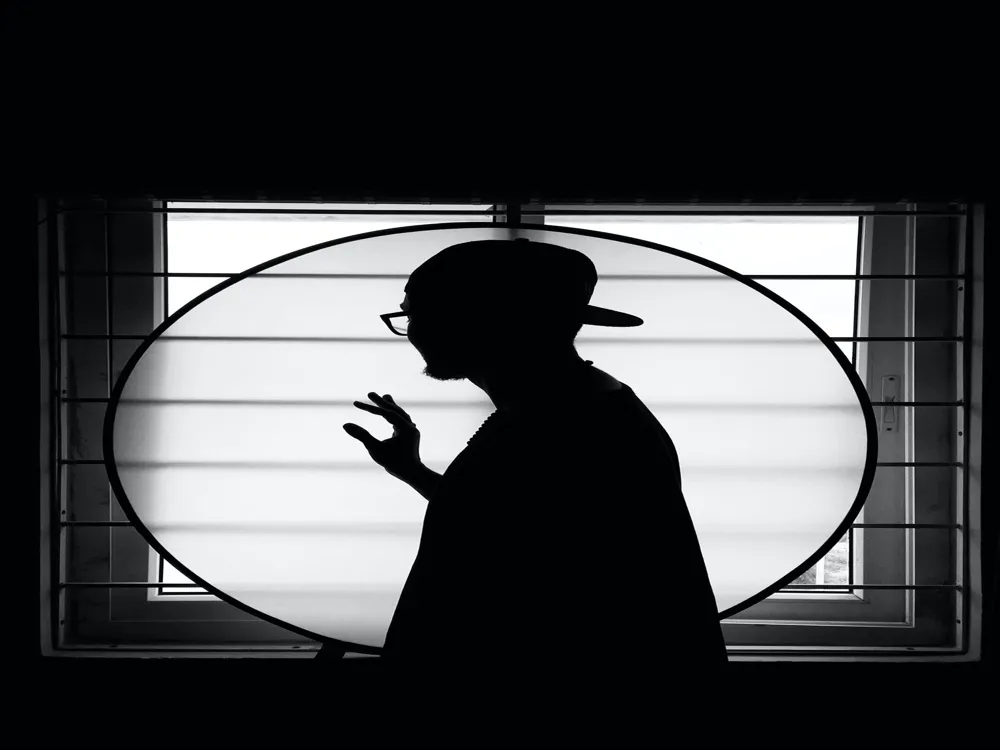Bidar Fort, a historical fort in Karnataka, India, is a remarkable testament to the grandeur of India's architectural and cultural heritage. Located in the northeastern part of Karnataka, this majestic fort stands as a symbol of the rich history that encompasses the Deccan region. The fort's origins date back to the 15th century, under the rule of the Bahmani Sultanate, making it a significant historical site in South Indian history. The fort's sprawling complex is a marvel of medieval architecture, encompassing numerous palaces, mosques, and gardens. Its massive walls and moats reflect the strategic importance of the fort in the bygone eras. The fortification comprises a series of seven concentric fortification walls with numerous bastions and gates, each telling a story of its own. Notable among these are the Gumbad Darwaza, the Sherza Darwaza, and the Rangeen Mahal, each reflecting a blend of Persian and Turkish architectural influences. Inside the fort, the Rangin Mahal, or the Painted Palace, stands out with its elaborate wooden carvings and mother-of-pearl decorations, showcasing the luxurious lifestyle of the rulers. The Solah Khamba Mosque, another significant structure within the fort, is known for its 16 pillars and is a fine example of Islamic architecture. Additionally, the fort houses the Diwan-E-Am, where the rulers held their public audience, and the Takht Mahal, the royal residence. The fort's architecture is a blend of Persian, Turkish, and Indian influences, making it a unique example of the syncretic architectural styles that evolved in India during the medieval period. The use of locally available black trap soil has given the fort its characteristic dark color and solidity. Intricate carvings, calligraphic inscriptions, and detailed tile work in the fort's buildings reflect the artistic skills and technological prowess of its builders. Over the centuries, Bidar Fort has withstood the tests of time and invasions, serving as a silent witness to the changing political landscapes of the Deccan. Today, it stands not only as a monument of great historical and architectural significance but also as a symbol of India's diverse cultural heritage. The architecture of Bidar Fort is a fascinating amalgamation of Persian, Turkish, and Indian design elements, reflecting the rich cultural interactions of the Deccan region during the 15th and 16th centuries. The fort's layout and structural design showcase the advanced architectural techniques and artistic sensibilities of its era. The fort is renowned for its robust defensive structures, including the triple moat that surrounds it and the seven concentric fortification walls with numerous bastions. These fortifications were designed to provide maximum security against invaders and are a testament to the strategic planning of the Bahmani rulers. The fort's entrance, the Gumbad Darwaza, is a magnificent example of Islamic architecture, with intricate carvings and calligraphy. This gateway leads to a series of palaces, each more opulent than the last. The Rangin Mahal, notable for its luxurious adornments, features beautifully carved wooden pillars and exquisite tile work, incorporating motifs and designs that are both Islamic and Hindu in origin. The Solah Khamba Mosque, another key architectural element within the fort, stands out for its 16-pillar prayer hall, showcasing the Islamic architectural influence. The mosque's dome, arches, and minarets exhibit fine craftsmanship and attention to detail, typical of the Islamic architectural style of the period. The fort's palaces, such as the Takht Mahal and the Gagan Mahal, were designed not only for defense but also for comfort and luxury. These palaces feature large courtyards, ornate balconies, and high ceilings, creating a sense of grandeur and opulence. Intricate frescoes and murals in these palaces depict scenes from courtly life, adding to the aesthetic appeal of the structures. The gardens and water features within the fort, though now mostly in ruins, once played a significant role in the overall design, offering a respite from the harsh Deccan climate. They reflected the Mughal influence on landscape architecture, with symmetrically laid out gardens and water channels. Overall, the architecture of Bidar Fort is a remarkable example of the fusion of various architectural styles and cultural influences, making it a significant heritage site in India's architectural history. The ideal time to visit Bidar Fort is between October and March, when the weather is pleasant. Summers can be extremely hot, making it challenging to explore the fort comfortably. Opt for a guided tour to gain in-depth insights into the fort's history and architecture. Knowledgeable guides can provide fascinating anecdotes and historical context that enrich the experience. The fort offers numerous photogenic spots. Early mornings and late afternoons provide the best light for photography, especially for capturing the fort's intricate details and panoramic views. As there is a lot of walking involved, it is advisable to wear comfortable footwear. The terrain inside the fort can be uneven, so sturdy shoes are recommended. Carry water bottles to stay hydrated, especially during the warmer months. There are few facilities for food and water inside the fort, so it's best to come prepared. Bidar Fort is well-connected by road, rail, and air. The nearest airport is in Hyderabad, approximately 150 kilometers away. Regular buses and taxis ply between Hyderabad and Bidar, making it easily accessible. Bidar also has its own railway station, with several trains connecting it to major cities in India. For those preferring to drive, the roads leading to Bidar are well-maintained, offering a scenic journey through the Deccan plateau. Read More:Overview of Bidar Fort, Karnataka
Architecture of Bidar Fort
Tips When Visiting Bidar Fort
Best Time to Visit
Guided Tours
Photography Tips
Wear Comfortable Footwear
Stay Hydrated
How To Reach Bidar Fort
Bidar Fort
Bidar
Karnataka
NaN onwards
View bidar Packages
Weather :
Label : Must Visit
Tags : Forts & Palaces
Timings : 9:00 AM - 5:00 PM
Time Required : 2-3 hrs
Entry Fee : No entry fee
Planning a Trip? Ask Your Question
Bidar Travel Packages
View All Packages For Bidar
Top Hotel Collections for Bidar

Private Pool

Luxury Hotels

5-Star Hotels

Pet Friendly
Top Hotels Near Bidar
Other Top Ranking Places In Bidar
View All Places To Visit In bidar
View bidar Packages
Weather :
Label : Must Visit
Tags : Forts & Palaces
Timings : 9:00 AM - 5:00 PM
Time Required : 2-3 hrs
Entry Fee : No entry fee
Planning a Trip? Ask Your Question
Bidar Travel Packages
View All Packages For Bidar
Top Hotel Collections for Bidar

Private Pool

Luxury Hotels

5-Star Hotels

Pet Friendly







